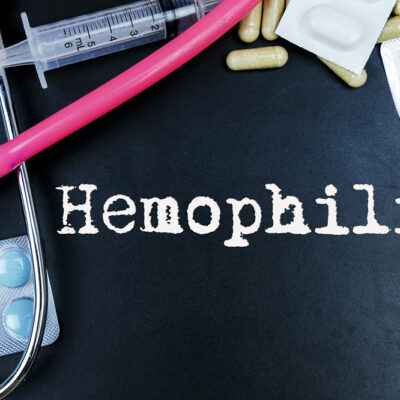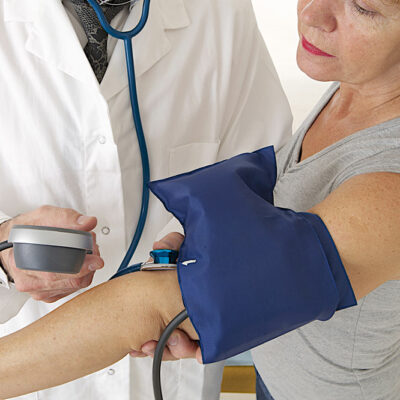
Health
10 Effective Tips to Prevent a UTI
Urinary tract infection or UTI is a common condition that can happen when there is an infection in the urinary system, particularly, the urethra and bladder. When you have this condition, you feel an urge to urinate frequently. While UTIs can be common, you can stay away from them and minimize your risks of getting infected. You can stay away from urinary tract infections by following some healthy guidelines and prevention tips. Prevention tips for UTI 1. Practice good self-hygiene It is very important to practice hygienic habits, especially when you are a woman. The urethra in women is far shorter than in men, making it super easy for the E.coli bacteria to find its way into the body from your rectum. This is why women are advised to wipe front to back after bowel movements. Good hygiene is especially important during the menstrual cycle to avoid such infections. Women are advised to change their tampons and sanitary pads regularly and refrain from using feminine deodorants. 2. Fluids It is necessary to drink lots of water and fluids throughout the day to stay hydrated. This ensures that you visit the toilet regularly and this helps to flush out all bacteria from the urinary tract.
Read More 















